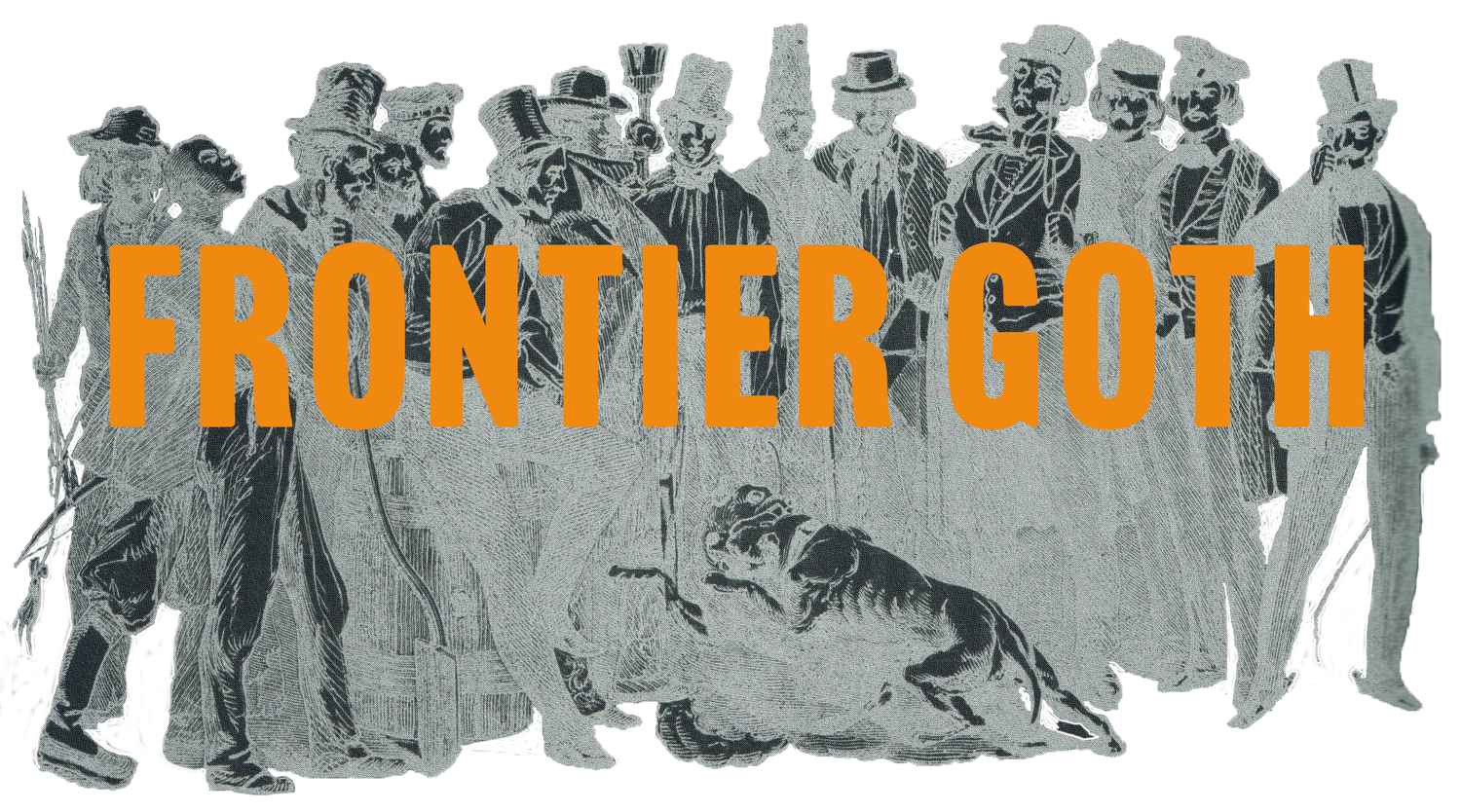Debt: The First 5,000 Years by David Graeber
“Part of the problem was the obvious one: the national debt is, first, born of war; second, it is not owed to all the people equally, but above all to capitalists—and in France at that time, ‘capitalist’ meant, specifically, ‘those who held pieces of the national debt.’ The more democratically inclined felt that the entire situation was opprobrious. ‘The modern theory of the perpetuation of debt,’ Thomas Jefferson wrote, around this same time, ‘has drenched the earth with blood, and crushed its inhabitants under burdens ever accumulating.’ Most Enlightenment thinkers feared that it promised even worse. Intrinsic to the new, ‘modern’ notion of impersonal debt, after all, was the possibility of bankruptcy. Bankruptcy, at that time, was indeed something of a personal apocalypse: it meant prison, the dissolution of one’s estate; for the least fortunate, it meant torture, starvation, and death. What national bankruptcy would mean, at that point in history, nobody knew. There were simply no precedents. Yet as nations fought greater and bloodier wars, and their debts escalated geometrically, default began to appear unavoidable. Abbe Sieyes first put forward his great scheme for representative government, for instance, primarily as a way of reforming the national finances, to fend off the inevitable catastrophe. And when it happened, what would it look like? Would the money become worthless? Would military regimes seize power, regimes across Europe be likewise forced to default and fall like dominos, plunging the continent into endless barbarism, darkness, and war? Many were already anticipating the prospect of the Terror long before the revolution itself.”
-David Graeber, 2011


